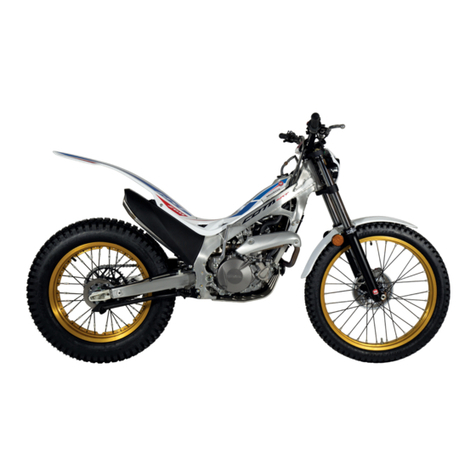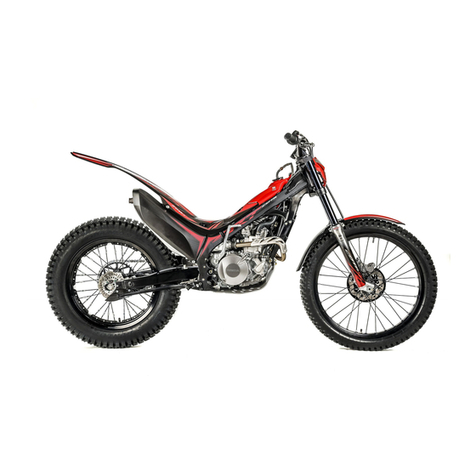Montesa 4ride User manual
Other Montesa Motorcycle manuals
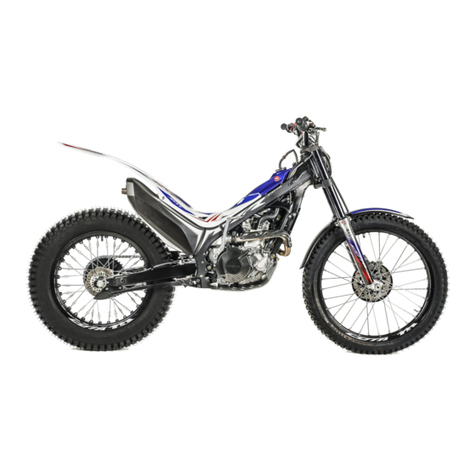
Montesa
Montesa COTA 301RR 2023 User manual
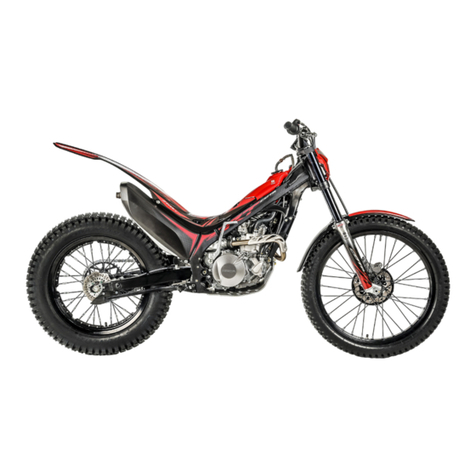
Montesa
Montesa COTA 4RT 260 2023 User manual

Montesa
Montesa COTA 4RT 2005 User manual
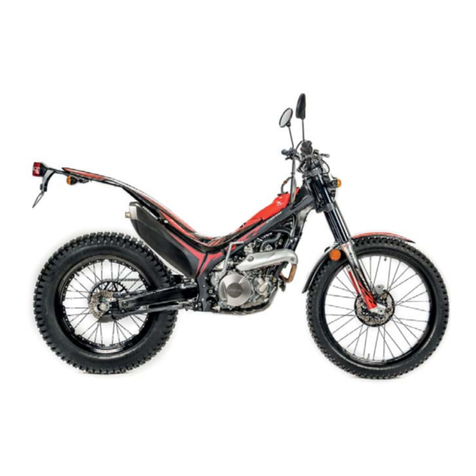
Montesa
Montesa COTA 4RT 250 2023 User manual
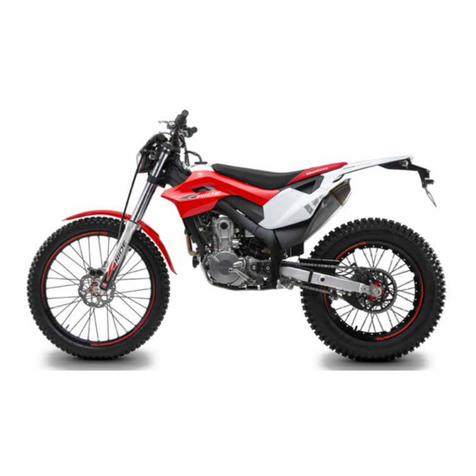
Montesa
Montesa 4Ride MST260 2016 Install guide

Montesa
Montesa COTA 301 2023 User manual

Montesa
Montesa Cota 300 RR 2017 Manual

Montesa
Montesa COTA 4RT 260R 2022 User manual

Montesa
Montesa COTA 4RT RACE REPLICA User manual
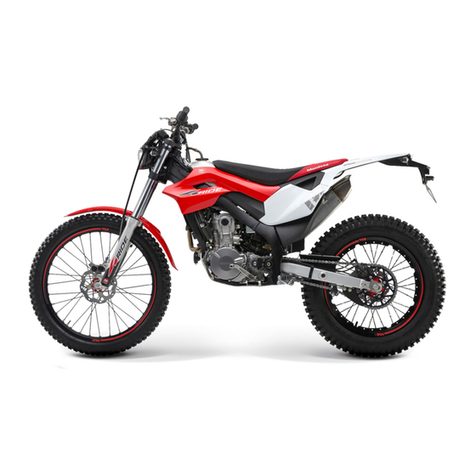
Montesa
Montesa 4Ride 2017 Manual
Popular Motorcycle manuals by other brands

MV Agusta
MV Agusta Brutale 675 Workshop manual

APRILIA
APRILIA RSV MILLE - PART 1 1999 User manual content

Royal Enfield
Royal Enfield Himalayan 2018 owner's manual

SSR Motorsports
SSR Motorsports Lazer5 owner's manual

MOTO GUZZI
MOTO GUZZI 2005 Griso 1100 Use and maintenance book

KTM
KTM 85 SX 19/16 owner's manual
